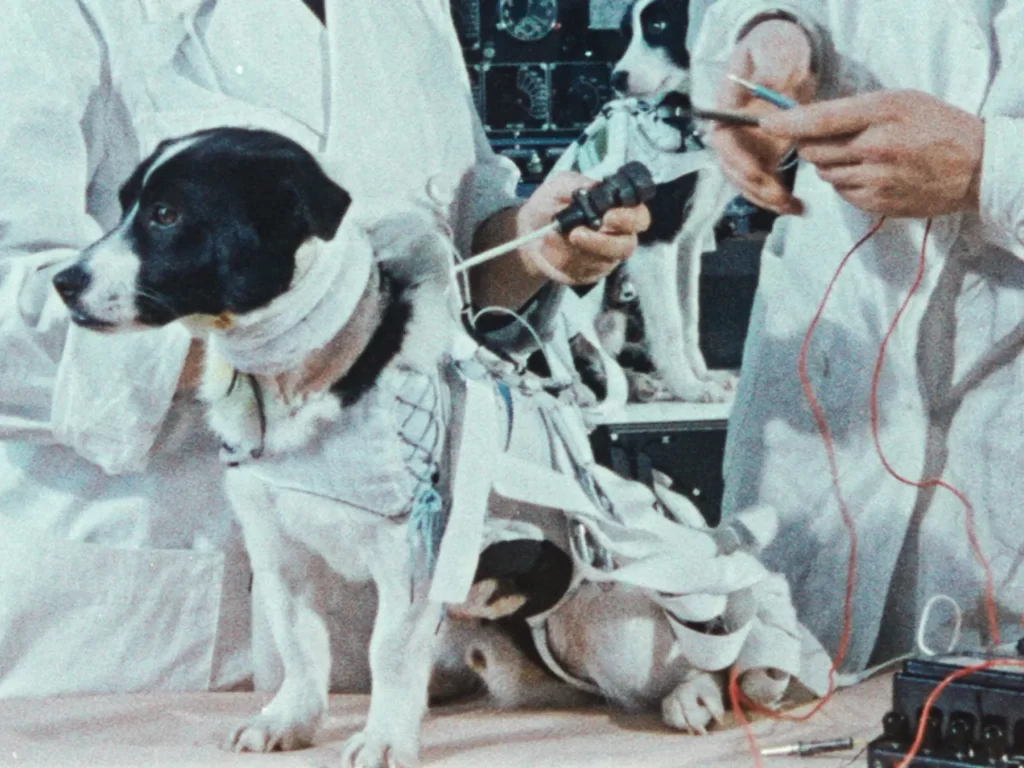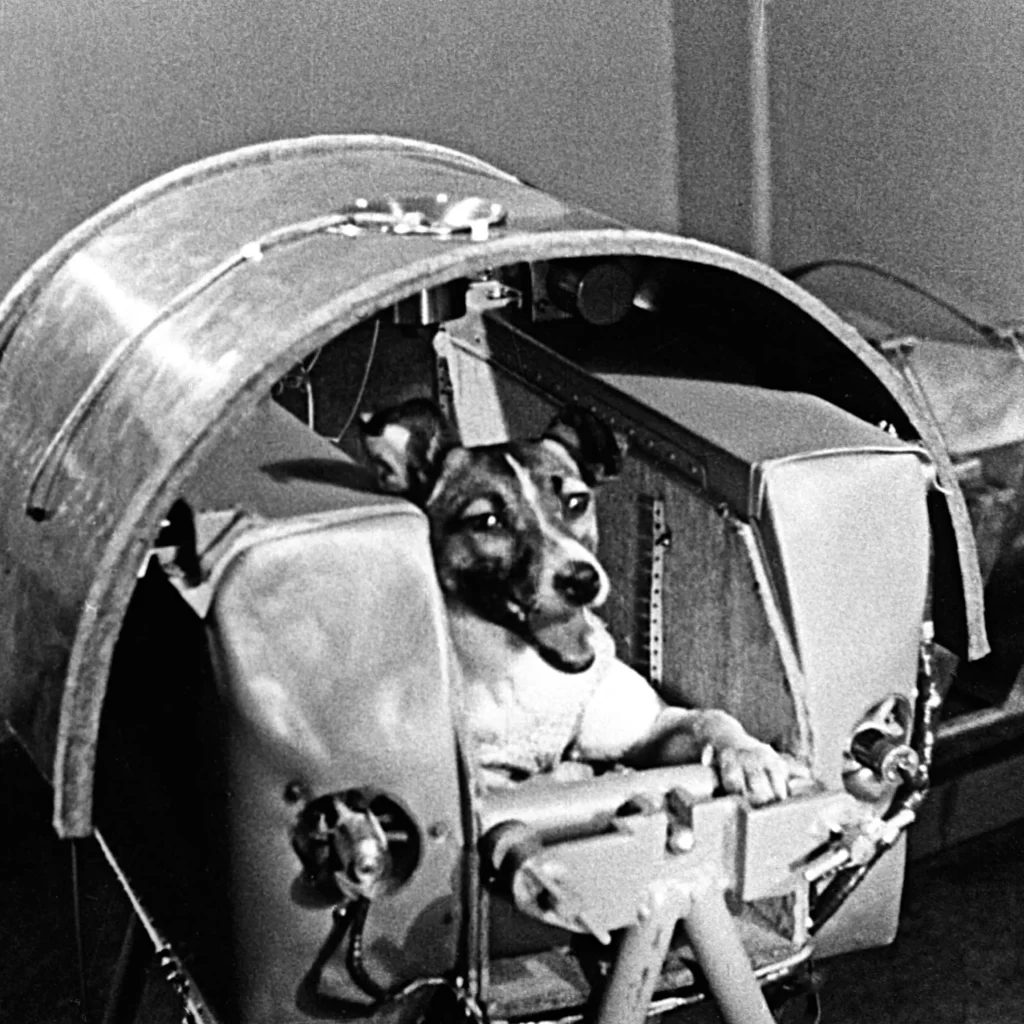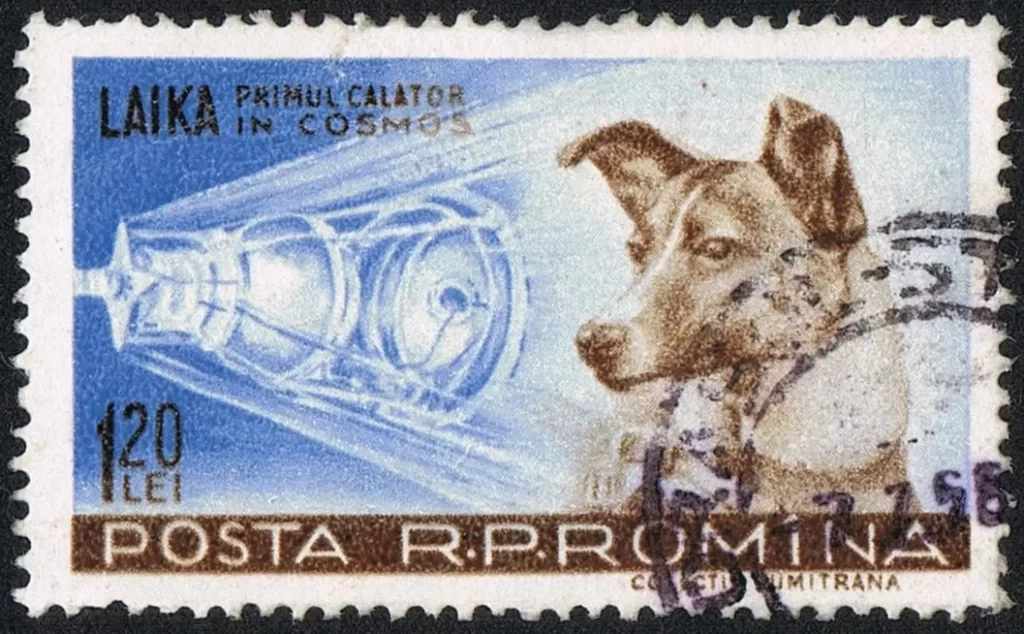
Laika was a stray dog from the streets of Moscow, who became the first animal to be sent into space by the Soviet Union in 1957. Her story is a tragic one, as she did not survive the journey, but it also highlights the sacrifices made by animals in the pursuit of scientific progress.
As the space race between the United States and the Soviet Union heated up in the 1950s, the Soviets were eager to prove their technological superiority. They had already launched several unmanned satellites into space, but they wanted to be the first to send a living creature into orbit.
Laika was chosen for the mission because of her small size, calm temperament, and ability to withstand confinement. She was trained for several months in a special facility, where she was subjected to the conditions she would experience in space, including high speeds, high temperatures, and zero gravity.
On November 3, 1957, Laika was launched into space aboard the Sputnik 2 spacecraft. Her mission was to spend seven days in orbit, collecting data on the effects of space travel on living creatures.

The launch was a success, and the world watched in amazement as the spacecraft circled the earth. However, just a few hours into the mission, it became clear that something was wrong. The temperature in the spacecraft was rising rapidly, and Laika’s heart rate was increasing.
Despite the efforts of the Soviet scientists on the ground, there was nothing they could do to save Laika. She died a few hours after the launch, most likely from overheating or stress.
The news of Laika’s death sparked outrage around the world. Animal rights activists criticized the Soviet Union for cruelly sacrificing an innocent animal in the pursuit of science. The Soviet Union defended its actions, arguing that the mission had provided valuable data on the effects of space travel on living creatures.
Over the years, Laika’s story has become a symbol of the sacrifices made by animals in the pursuit of scientific progress. Her death led to changes in the way animals are treated in scientific experiments, as many countries now have laws and regulations in place to protect animals from unnecessary harm.

In 2008, the Russian government unveiled a monument to Laika near the military research facility where she was trained for her mission. The monument features a bronze statue of Laika, as well as information about her life and legacy.
Laika’s story is a tragic one, but it also highlights the importance of scientific progress and the sacrifices made in its pursuit. Her legacy lives on as a reminder of the importance of treating animals with respect and compassion, even in the pursuit of knowledge.
